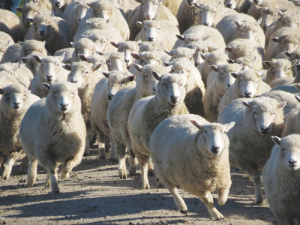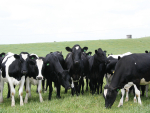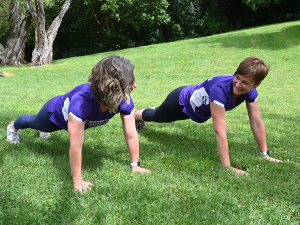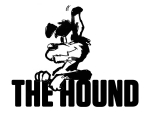Veterinarians and farmers working together to improve stock performance must emphasise two aspects of hogget growth, say the authors of a guidebook published by Massey University Press.
These are, firstly, regular recording of bodyweight from weaning to first mating; and secondly, the monitoring of animal health and feed requirements.
Guessing the thrift and weight of ewe lambs and hoggets is not reliable; many a farmer who claims to have a ‘good eye’ for stock has been astonished when confronted with ‘hard data’ of weighed sheep.
Weighing sheep produces a permanent record against which we can measure progress, watch for lack of progress and diagnose the cause.
It also demonstrates to the farmer the wide variation in liveweight inherent in any flock of sheep and creates a spirit of achievement and interest.
There is a large range of sheep-weighing systems available, ranging from basic cage models to sophisticated electronic auto-drafting systems. Weighing devices are available that have the ability to collect a large amount of data that can be downloaded for analysis. This can be done at mob level or, if sheep are individually identified with electronic ear-tags, at the individual animal level.
Weighing is not a laborious procedure and can usually be done during some other yarding task, e.g. drenching, crutching and shearing.
Body condition scoring of sheep
Unlike cattle, sheep cannot be body condition scored ‘by eye’ because of the confounding effect of the fleece. Instead they should be tightly packed into a race or crush and condition scored by pressing the thumb onto the spinous processes and the fingers onto the transverse processes of the lumbar vertebrate. Condition scoring is a skill requiring experience. It assesses the amount of muscle or fat cover of these regions and is scored on a 1 to 5 basis. A condition score above 2.5 is usually considered satisfactory.
Clinical approach to hogget health and disease
While achieving target weights has been emphasised as the key to good animal health and hence good financial returns to the farmer, the veterinarian must be able to successfully and quickly diagnose any degree of ill health or poor feeding which is impairing this attainment.
Dealing with such an investigation is essentially similar to any other clinical examination.
History
Specific areas to cover may include:
- time of lambing and weaning
- feed supply at lambing and through lactation
- lambing spread and lambing percentage
- age of docking
- grazing management of ewes and lambs
- drenching with anthelminitics (times and materials used)
- use of trace elements
- records from previous years (often these are anecdotal and not reliable
- topdressing programme and any soil or pasture analyses done
- stocking rate.
Any investigation of hogget ill thrift should always include a clear picture of the overall farm stocking rate, cattle/sheep ratios and whether store animals are being held which normally should have been sold. Experience will show that many farmers are ‘high stockers’ while others like to have feed reserves available and stock their farms more conservatively.
Clinical examination
With sheep problems it is very important to become a good observer and be able to readily recognise signs of health and ill health. Features to observe within a flock for example include:
- Size variation, weight and body condition.
- Fleece: look for evidence of flystrike and any defects such as dermatophilosis, lice and the quality of the fleece.
- Lameness: look for evidence of footrot, scale and occasionally, rickets.
- Coughing: common in hoggets but the cause is often hard to diagnose without the necropsy of several selected cases. Enzootic pneumonia is always a consideration. Note particularly if sheep cough when first moved.
- Scouring/diarrhoea: in most cases this is due to parasitism.
(For further information refer to The Sheep: Health, Disease and Production).
• An extract from the chapter ‘Hogget growth, pneumonia and diseases of hoggets’ in The Sheep: Health, Disease and Production by DM West, An Bruere and Al Ridler; fourth revised edition published 2018 by Massey University Press.



















